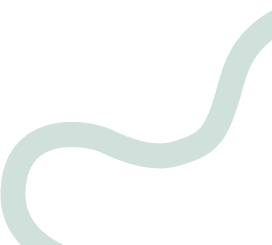Shark attach: Great whites tagged off Rakiura/Stewart Island
A new Great White project is underway, tagging a new generation of sharks near Rakiura/Stewart Island for the first time in a decade.
Dr Riley Elliott — known as "Shark Man" — led the mission to seek new insights into one of the ocean's most powerful predators.
"Put simply, it was a dream come true. But it came with pressure," he told 1News.
"It's wet, it's cold, it's salty, there's chum all over you, you're tired, but every day is new because every day you're looking at blank water and you may or may not see a real living dinosaur... I cannot tell you what that feels like when you see one — especially for the first time."
Elliott and the crew spent a total of four weeks across two separate trips, tagging and sampling 15 great whites near Motunui, north of Rakiura Stewart island, in an area described as "the night club".
Watch the extended story on TVNZ+.
"The pattern down there is very interesting, scientifically," he said.
"By the end of the season just like the night of the nightclub, there's been enough jostling between the males to realise who's next to the bar. Then the pretty females turn up, the mature ones, and you can only think of one thing after that that happens."
The citizen-funded project is the first great white tagging research done in the area for a decade — one of the last spots of its kind left on earth.
"Around the world, other populations, their aggregation sites are diminishing, moving with climate change or fishing pressures or, like in South Africa, disappearing entirely."
The tagging helped researchers see where the sharks migrated and why.
"They're seemingly very healthy at this point in time, so what we got to do is ensure that stays that way or at least monitor it in case they do move with climate change or fishing pressure and by-catch is reducing their population," Elliott said.
"It enables us to do very accurate population estimates, tracking of habitat but also seeing those gauntlets they run."
The current Motunui collective included sharks called Nicole, Ngaru, Maureen and Midge, all named by the tags' sponsors.
But there was one Elliott had a sweet spot for.
"Bubbles, not only the name but she was this small female that had a huge female attitude, she's got scars all over her, she would hold her own against other bigger sharks and she was the first one that migrated up the Tasman.
"The ones you haven't heard anything from yet are also the most exciting because they could pop up anywhere."
Data from the satellite tags can be seen on the Great White App or Sustainable Oceans Society website.
Get Insurance Now



